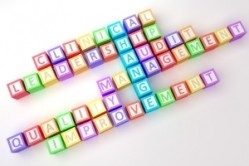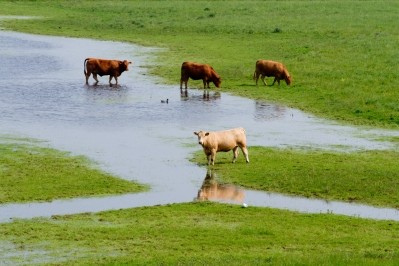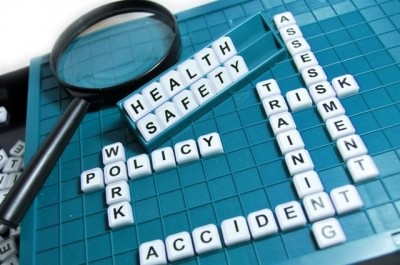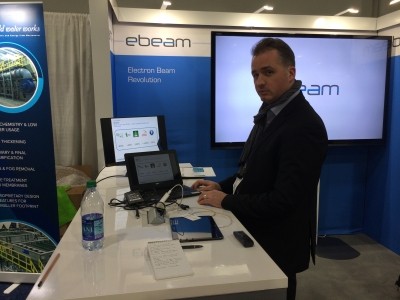Push to plug gaps in feed safety schemes

One contamination incident can be enough to damage a whole industry – a truth the animal feed sector knows only too well from dioxin contamination of breadmeal in Ireland in 2008, of feed fats in Germany in 2011, and the more recent incident involving aflatoxin-tainted corn from Serbia tainting compound feed in Germany.
But a bid to eliminate that kind of fraud and lack of information transfer as well as boost transparency in the supply chain is now underway in the shape of the Feed Schemes Observatory (FSO), said Reinder Sijtsma, one of the initiators of the harmonisation project.
Many excellent global feed safety assurance schemes have emerged in the past ten years, he said.
But often mutual recognition agreements are complicated and exchange of information between the schemes difficult - leading to a variance in their application and interpretation at the different stages of the feed chain, said Sijtsma.
This lack of coordination among schemes can leave the sector vulnerable to parties intent on fraudulent practices such as adulteration or substitution.
“Furthermore, many feed schemes are working to traditional feed management procedures and norms but, perhaps, these are not vigorous enough when it comes to dealing with fraud,” he told FeedNavigator.com
Benchmarking tool
The FSO, backed by the International Feed Industry Federation (IFIF), aims to improve the comparability of the main principles and requirements of feed safety assurance schemes.
The project also wants to ensure better information flow among the food chain partners and bridge the communication gap between the feed sector and regulators.
Sijtsma said the first phase of the project has involved collaboration with a UN agency, the International Trade Centre (ITC), to devise a customized online platform for FSO that builds on ITC's Standards Map tool.
The platform enables its users to explore and compare safety schemes and self-assess their business against standard requirements.
This benchmarking tool, he added, may show gaps in a feed safety scheme such that it is weak, for example, in communication to customers or to authorities:
“We have made it as broad as possible including clear statements about how to communicate to other parts of the chain.”
It is hoped, said Sijtsma, to make the benchmark tool available by July 2014.
Removing barriers to trade
The FSO project is also critical, he said, in ensuring that there is freedom of movement for feed materials all over the globe – a lack of mutual recognition arrangements among the feed safety schemes and the industry could hinder such trade.
“In the Netherlands, for example, there is an obligation to use a certain feed safety scheme, the GMP+, and in order to get market access all feed sector suppliers need to be certified under this scheme.
A supplier, say, from Asia or South America will have great difficulty entering the Dutch market if they are not covered under that scheme,” said Sijtsma.
For this reason, he said, it is vital to seek the creation of a global, independent and impartial platform of cooperation, between the feed safety schemes, the conformity assessment bodies, the industry and the regulators.
Evaluation of public comment
The FSO project management team is holding a two-day meeting on February 24 and 25 to assess all the responses it has received during its public consultation phase:
“It is always useful to get additional remarks from external experts who, so far, have not been involved in the project,” said Sijtsma. “Maybe, we have overlooked something or we haven’t formulated the benchmarking tool’s safety requirements in a way that they can be easily understood by a large audience.”
All comments and the FSO team’s subsequent responses will be made public following next week’s evaluation, he added.
Teaming up with the food sector is also high on the FSO team’s list of priorities in order to tighten up the links between feed and food safety schemes but “the internal review of feed schemes is needed first. By 2015, we should be ready to engage with the Global Food Safety Initiative (GFSI).”
An open discussion
Meanwhile the 7th Annual International Feed Regulators Meeting (IFRM) in Atlanta - 27 to 28 January - saw 90 feed industry representatives and government officials from around the world come together with the IFIF and the Food and Agricultural Organisation (FAO) to discuss critical feed safety issues.
“It is not easy for regulators to speak with the feed industry at these kinds of meetings but this year you could see there was a real willingness on the part of the contributors to share best practice and information. It is becoming more and more an open discussion,” said Sijtsma.
















